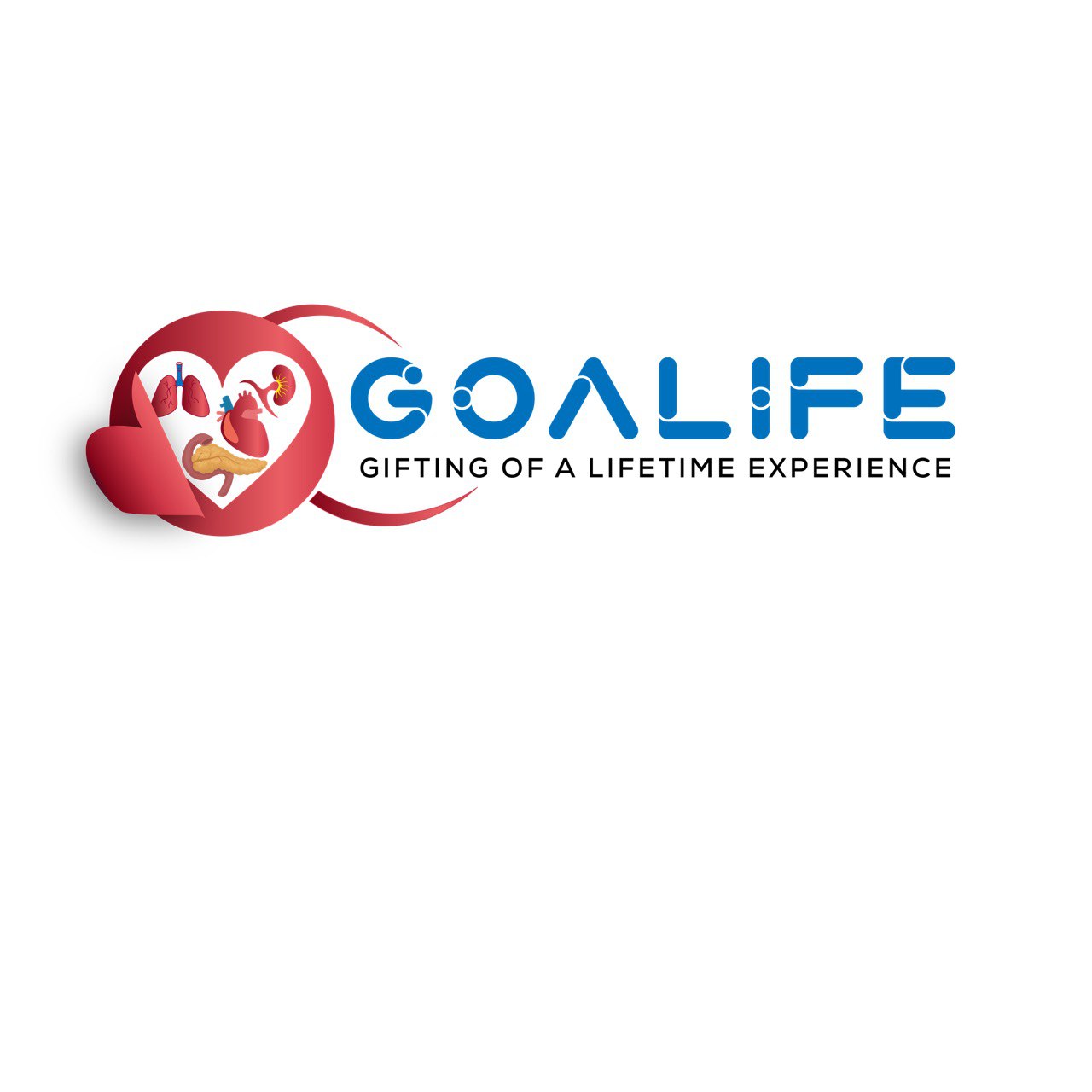
NATIONAL LIVING DONOR DAY
National Living Donor Day on April 11 celebrates and honors the brave people who step up and save lives by donating their living organs and tissue to heal those in need.
#NationalLivingDonorDay
According to organdonor.gov, there are over 104,000 people in the United States on the national transplant waiting list. National Living Donor Day presents an opportunity to educate and encourage people to consider saving a life through living organ or tissue donation.
April is already recognized as National Donate Life Awareness Month. While the monthly celebration generates a positive impact on saving lives, the focus tends to encourage individuals to sign up with the deceased donor registry to donate upon death. However, there is a significant opportunity to complement these initiatives by designating a specific day during the month of April that focuses on raising awareness of living organ donation. By bringing awareness to National Living Donor Day, we can demonstrate the importance of living donors by saving as many lives as possible by using living donor transplants.
What Is Living Organ Donation?
A living organ donation is a medical procedure that removes a healthy organ, portion of an organ, or tissue from a living person. The organ is then transplanted into another person whose organ is no longer working properly. Living organ donation allows the recipient to live a longer and healthier life. In addition, the donor contributes to the life of another to continue their own personal journey.
Finding an organ donor can be a difficult process for many. Organ donation does not discriminate and those in need of a donation include people of every age, race, and gender. In fact, the demographic is so diverse, no specific category fits one person. Some people may wait for years for a deceased donor. However, living donors can alleviate and often eliminate the stress of waiting or wondering if an organ donation will happen before it’s too late.
Who Can Be A Living Donor?
Anyone can sign up to be a donor. Medical tests can help determine which recipient would benefit from your donation. Oftentimes, people misunderstand who qualifies to become an organ donor. An organ donor can be:
- Anyone between the ages of 18 – 60 years of age at most transplant centers.
- A parent, sibling or adult child.
- Other relatives, such as an uncle, aunt, or cousin.
- A biologically unrelated person who knows the recipient, such as a friend, co-worker, significant other, or spouse of a friend.
- Anyone who knows the recipient’s need for the organ.
- A good Samaritan living donor simply decides to donate because they are a match to a stranger who is in need of an organ.
Many people wonder what makes for a good living donor candidate. Generally speaking, a good candidate is someone who has been mentally and physically healthy throughout their life. However, there are other factors that go into deciding if you should become a living donor. Ultimately, the decision is up to you. Some living donors want to be a part of something meaningful, while others have a personal interest in why they choose to be living donors. Whether the living donor chooses to help for charitable reasons or because they believe in a specific organization, living donors save lives.
The 4-1-1 of Living Donors
In 2022, there were 5,863 living donor kidney transplants comprising approximately 23% of kidney transplants in the U.S. In addition, there were 603 living donor liver transplants comprising approximately 6% of liver transplants in the U.S. By increasing the number of living organ donors, the transplant wait list has the potential to be eliminated, ensuring that no one dies while waiting for the availability of a deceased organ.
The most common type of living donation is kidney donation, where a donor donates one of their kidneys to a recipient. The second most common is liver donation, where a donor donates a portion of their liver to a recipient.
A major area of opportunity with living organ donation awareness is to educate the general public on the magical capability of the human liver. A significant amount of people in the U.S. are unaware that the liver is the only human organ that can regenerate. Not only does it regenerate in the donor to full size, but it also regenerates to full size in the recipient. Proof that combining the innate capabilities of the human body with innovative ideas from the human mind can result in modern medical miracles.
